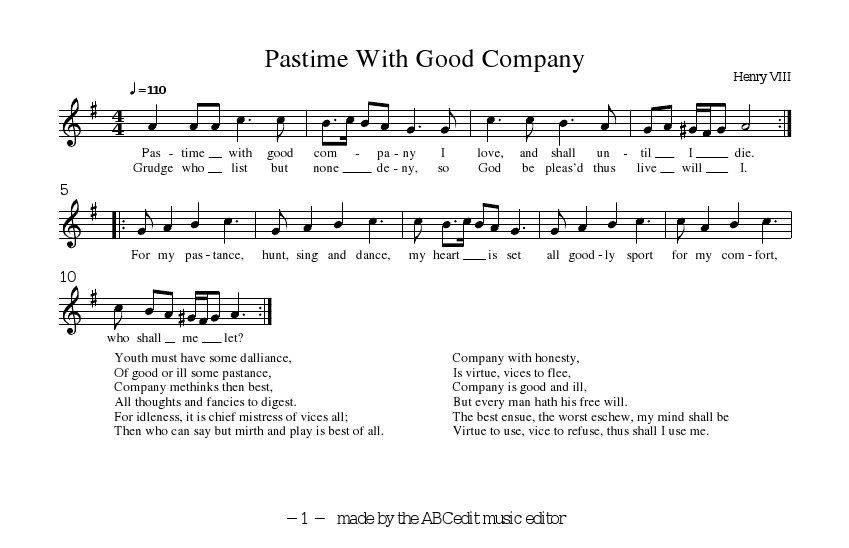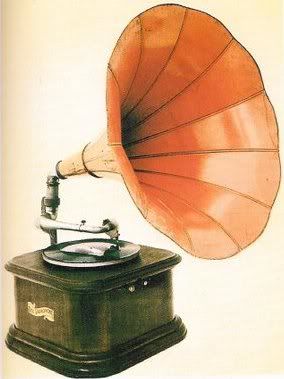
The most obvious thing about arriving in London in 1533 is the skyline. As soon as we get out of these tiny crowded alleys do you see what's missing? Where the dome of St.Paul's cathedral will one day dominate the skyline, right now, there is a towering spire.
Needless to say, I haven't been idle. In fact, I managed to get a short-term job helping in the shop of Master Joäo Dias, selling musical instruments which are made in his own workshop. I've been hoping, ever since I started researching, that my collection of songs would prove helpful someday.
Now the really exciting bit, for me anyway, is that yesterday a gentleman came into the shop to ask about buying a chest of shawms, and to have the nut replaced on his lute. Nothing too remarkable in all that, but while trying out a couple of instruments he explained that he is one of the court musicians, retained by the King, and needs his lute to play for a banquet in a couple of days time.
The guest of honor is Jean de Dinteville, his excellency, the ambassador of France. You probably know him from Hans Holbein's painting which the Victorians tagged with the title “The Ambassadors” with its curious distorted skull dominating the foreground.
Anyway, in the course of assisting our customer yesterday, he asked me if I would help him reach a decision by playing a duet, with me on tenor shawm, and him on alto, which is how I learned this number:


Turns out, it's by His Majesty no less! So I asked the customer if he knew this number?


Sure enough, he did indeed, it being a well-known tune.
While we were jamming, another gentleman strolled into the showroom and waited until the previous customer had left before asking me if he could speak with Master Dios. As soon as he saw the newcomer, Master Dios smiled broadly and greeted him "Shalom aleichem!" with a hug, taking him to the back of the building.
When the two men returned to the showroom, I ventured a cautious "Baruch haba!"
Both men looked at each other, then the newcomer introduced himself to me as Master Luis Lopes, button maker, and a friend to the new Christians of Portugal, and invited me to join with God's people for worship in a few days time.
I thanked him for his very hospitable offer but declined on the grounds that I was planning to leave for the continent within a few days (more or less true). Expressing regret that I wasn't able to stay longer, he asked me at least to send a letter and tell him of my fortunes when things were more settled.
London, then
To help get your bearings, there's a segmented map of London in the time of Henry VIII, here.The written content of this work is licensed under a Creative Commons Attribution-Noncommercial-Share Alike 3.0 Unported License.
7 comments:
OOOOH, scrummy, I collect old maps of London!
hi that is fascinating i love the way you write your a gripping writer my love
You should be (maybe you already are) history teacher. Your blogs are an exercise for reading, study and reflection. Wonderful picture. I remember having read about it, although since I am no history teacher I don't remember the name of the artist or the name of the thechnique used. It is a curious techinque since there is a way to look at the picture where you will see that long spot in the lower area as a skull or something repulsive (I don't exaclty remember what it was).
The Greensleeves version for harp is delicious. The score is curious. First look puzzled me. What curious combinations of g sharp and b flat. I tried to sing and I found it difficult until I realized that the melody is displaced one part (the first note should be an upbeat or anacrusis) and the g sharp is really an a flat. Not that I mind a lot about it, I just comment for you to check that your scores are actually read and played.
Worth the effort! thanks once again
Life of merriment, eh! Sounds like you had another excellent adventure! lol. I wonder.. did the workers live in the shop?? How many apprentices would they have employed?
At the time of my visit; two indentured apprentices, three journeymen hired by the year, and a master craftsman related to Master Dios. I should mention that 12-hour days were typical during the summer months, but working by candlelight in winter was discouraged since the quality of the work tended to suffer.
I like the painting at the top, but you've just got to help me! What's that thing at the gentlemen's feet? It looks like it might be a painting or maybe even a mirror which is seen at an extreme angle and therefore distorted. I remember in art history there was a fashion for that sort of thing for awhile.
BTW, what's the name of the painting and the artist?
Thanks for alerting me to that. I have corrected the score, but I feel a bit of a nit for not checking more carefully before posting it originally!
Post a Comment